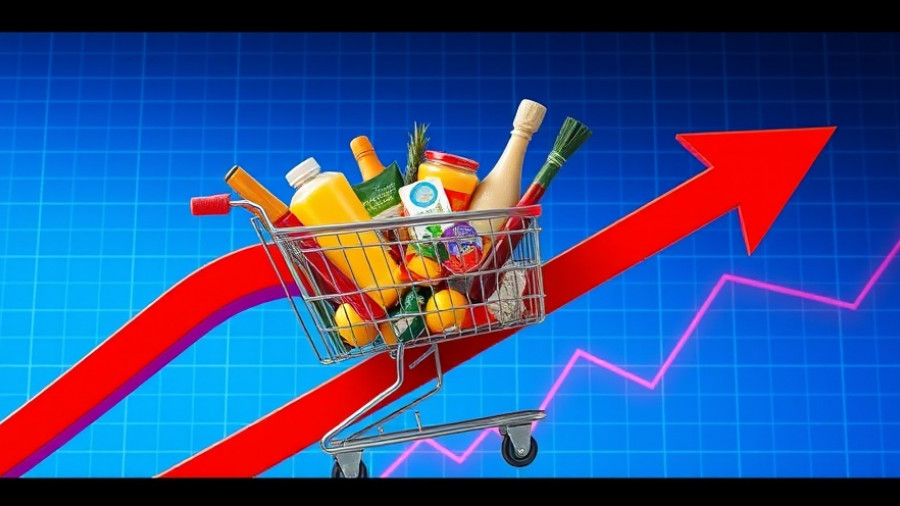
The Rising Costs of Car Ownership: A Financial Challenge
In recent years, the cost of owning a car has surged to unprecedented heights, leaving many potential buyers feeling overwhelmed. As consumers face fluctuating market conditions, today's car buyers find themselves navigating record-high prices and formidable financing challenges. This article dives into the statistics and insights that illuminate the growing unaffordability of vehicle ownership.
Record-High Average Prices: The $50,000 Barrier
Current market data reveals that the average price for a new car stands at approximately $49,215, nearing the significant $50,000 benchmark. According to industry experts like David Greene from Cars.com, this number is poised to escalate even further as automakers prepare to unveil new models. Rising production costs, coupled with the manufacturers' trends to increase sticker prices at the start of new model years, contribute to this uptick.
Scarcity of Affordable Options in the Market
As the cost of entry-level vehicles continues to climb, the options available for consumers looking to purchase cars under $30,000 are dwindling. Currently, the Honda Civic and Toyota Corolla represent the last bastions of affordability in the U.S. market, leaving buyers with increasingly limited choices. The shift reflects a larger trend: vehicles priced under $20,000 are rapidly disappearing from the market. As a result, anyone looking for budget-friendly options is further alienated from the new car segment.
The Consumer Financing Dilemma
The need for extended financing terms has become prevalent. With car payments stretching over seven years or more, buyers are locked into lengthy payment commitments that weigh on their financial stability. The reliance on larger loans and prolonged payment plans is a reflection of the critical challenge faced by many consumers looking to maintain their vehicle ownership amidst rising costs.
Understanding the Broader Economic Implications
The ramifications of skyrocketing vehicle prices extend beyond individual buyers. These shifts could influence the automotive market as a whole. With more consumers unable to afford new cars, incentives for electric vehicles could become more pressing, guiding buyers towards greener alternatives despite their initial higher costs. The tension between affordability and sustainability is palpable, prompting discussions that consider how car ownership will evolve in an environmentally conscious marketplace.
Emotional Impact: The Burden on Families
The financial pressures associated with car ownership extend well beyond numbers—it affects the emotional well-being of families. For many households, having reliable transportation is a cornerstone of daily life, from commuting to work to ferrying children to school and extracurricular activities. As the cost of car ownership compounds, families may increasingly find themselves under stress, navigating a world where once affordable necessities are becoming luxuries.
Exploring Alternatives to Traditional Car Ownership
With the market shifting and costs rising, exploring alternatives to traditional car ownership could provide relief. Solutions such as car-sharing services, public transportation, and even electric bike options can offer economical alternatives to owning a new car. Additionally, considering the environmental benefits of options like solar-powered vehicles may entice those who are also looking to lessen their carbon footprint.
The Way Forward: Practical Sentiments for Future Car Buyers
As potential car buyers confront increasing prices, it’s essential to approach vehicle ownership with informed strategies. For those exploring financing options, understanding current interest rates, comparing loan terms, and considering hybrid or electric vehicles can play a pivotal role in making car ownership a realistic prospect. Building a budget that factors in not only the purchase price but also insurance, fuel, and maintenance costs is crucial for maintaining financial health.
As we face the evolving landscape of car ownership, awareness and proactive decision-making can empower consumers to navigate this challenging environment successfully, paving the way for sustainable ownership that aligns with financial goals.
Ready to explore alternatives? Consider your options such as public transit, car-sharing, or electric bikes that can lessen both your carbon footprint and financial burden.
 Add Row
Add Row  Add
Add 



Write A Comment